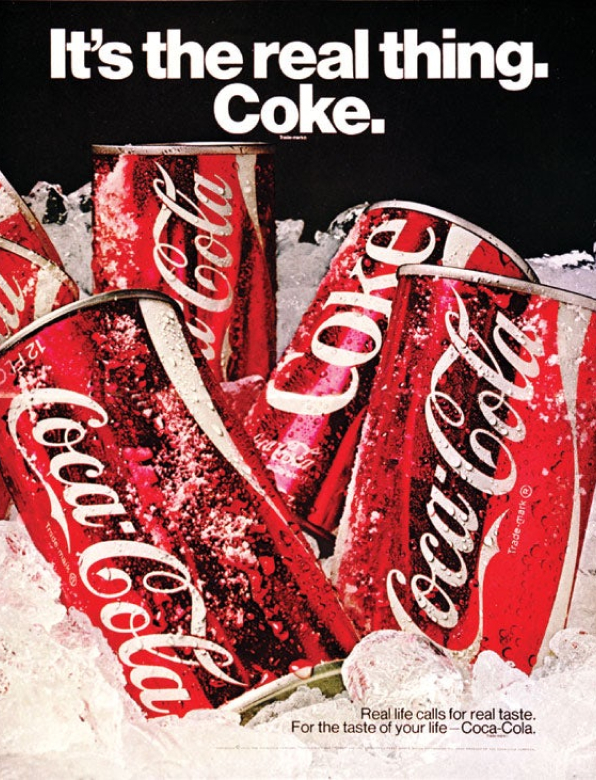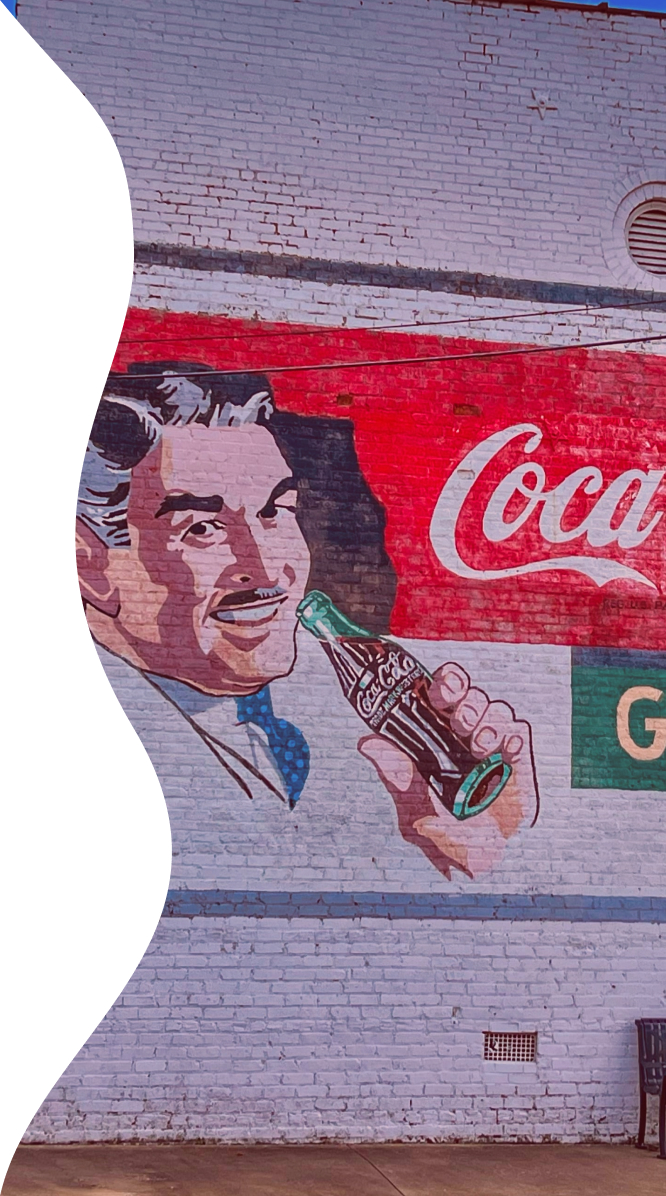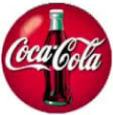Slogans provide a simple, direct way to communicate about Coca-Cola.
The 1906 slogan, "The Great National Temperance Beverage," reflects a time when the society in the United States was veering away from alcoholic beverages, and Coca-Cola provided a nice alternative.
Other slogans have concerned our sales figures, such as "Three Million a Day" from 1917 or "Six Million a Day" from 1925. In terms of drinks a day, that's a vast difference from the one billion a day mark The Coca-Cola Company passed in 1997.

...or even its role in entertaining, as in 1948's "Where There's Coke There's Hospitality."In 1985, the introduction of a new taste of Coca-Cola (commonly called new Coke® ) and the reintroduction of Coca-Cola classic and the original formula led to multiple slogans. 1985 featured "America's Real Choice," while by 1986, two slogans were used to differentiate the brands, with "Red, White & You" for Coca-Cola classic and "Catch the Wave" for Coca-Cola.
Some advertisements themselves rise to the level of memorable slogans. The 1971 "Hilltop" ad featured a song with the words "I'd Like to Buy the World a Coke." Although that wasn't an actual slogan (the ad in fact was part of the "It's the Real Thing" campaign), the ad and song lyrics are still so well known today that the lyrics are considered a slogan to many.
However, you may be surprised to know the brand’s world-famous script and wave haven’t always looked exactly as they do now.
On 8 May 1886, Dr John S Pemberton nailed the formula, but it was his bookkeeper who came up with the name "Coca-Cola®". Frank M Robinson, suggested that “the two Cs would look well in advertising”.
And with that, Robinson also designed the now world famous Coca-Cola script logo.
He wanted his name for the new product to have an effective and dramatic style of its own. He experimented with an elaborate Spencerian script, a form of penmanship characteristic of that time. After consultation, the others working at Pemberton’s company adopted the script by unanimous consent.
Drawn in flowing handwriting, Robinson’s elaborate script was very “of the moment”, and it remains one of the most recognisable trademarks in the world.


On January 31, 1893, the logo was trademarked with the U.S. Patent Office. The words "Trade mark" are written in the tail of the "C" in Coca.

For one year only, the Coke logo gets a dramatic, swirly makeover.

The words ‘Trademark Registered’ move out of the tail of the ‘C’. The trademark is noted below the logo, instead of inside it.

Since 1947, the Red Disc or “button” sign has been used to advertise Coca-Cola. The strong graphic image of the disc shape, became a cornerstone for outdoor signage. In 1948, the discs began to be hung inside a place of business as advertising and decoration.

With the introduction of the "Coca-Cola... Real" campaign, the Dynamic Ribbon Device was enhanced with a shock of yellow and some bubbles.

Changing up the previous design, a simple and bold approach was taken with a single white ribbon.
The latest iteration of the Coca-Cola logo design aims to highlight that all flavours are part of the Coca-Cola family.